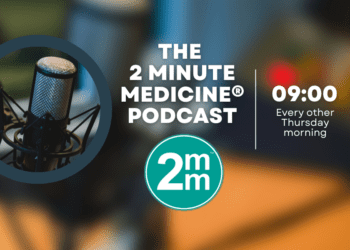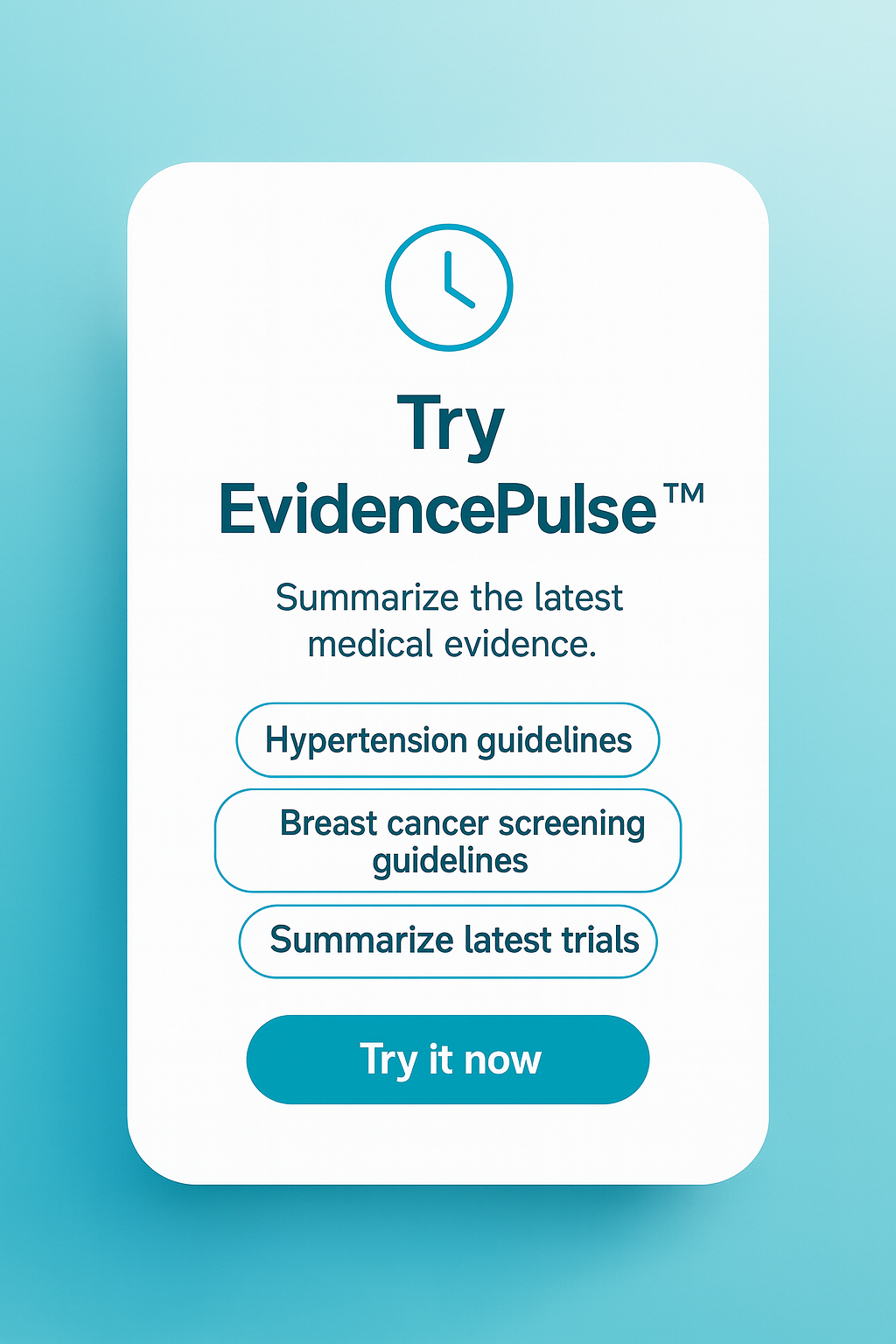Foregoing antibiotics in pediatric outpatients with suspected pneumonia may be a safe option
1. In children aged 3 months to 18 years discharged from the emergency department (ED) with suspected community-acquired pneumonia (CAP), similar treatment failure rates were observed between children who received antibiotics and those who did not.
2. Secondary outcomes, including ED revisits within 30 days and parent-reported quality of life measures, were also similar between the 2 groups.
Evidence Rating Level: 2 (Good)
Study Rundown: A significant percentage of children diagnosed with pneumonia are infected by viral pathogens and therefore would not benefit from antibiotic therapy. However, distinguishing between viral and bacterial pneumonia is often not possible. Authors of this study sought to determine whether rates of treatment failure in patients discharged from the ED with a presumed diagnosis of pneumonia differed between children who received antibiotics and those who did not. Results indicated no difference in treatment failure rates between the 2 groups. Additionally, quality of life measures reported by parents during a follow up phone call did not significantly differ. These findings suggest that well-appearing children with a presumed diagnosis of community acquired pneumonia who are not admitted to the hospital may safely be managed without antibiotics. The study was limited by a small sample size (337 patients) and a cohort study design that saw major baseline characteristics differ between the 2 groups of patients, which may have led to confounding despite statistical adjustment. Finally, the median age in the study was 3.4 years, and viruses are responsible for the majority of pneumonia in pre-school aged children, which could explain the low treatment-failure rates in those not treated with antibiotics.
Click to read the study in Pediatrics
Relevant Reading: IDSA CAP management guidelines in children older than 3 months
In-Depth [prospective cohort]: Study participants included a total of 337 children aged 3 to 18 months seen in the ED with signs and symptoms of pneumonia (cough, sputum production, chest pain, dyspnea, tachypnea, or abnormal pulmonary findings on physical exam). Patients were divided into 2 groups – those prescribed antibiotics and those who were not. Primary outcome was treatment failure, defined as a return visit with hospitalization for pneumonia within the next 30 days, return visit with a change in antibiotics within 30 days, or change in antibiotics by a physician at any time in the next 15 days, as reported by parents. Secondary outcomes included ED revisits within 30 days and quality of life measures as reported by parents, such as duration of symptoms, return to normal activity, other symptoms such as vomiting or diarrhea, and subsequent medical visits required. Propensity scoring was used for a number of variables (fever, duration of illness, physical exam findings) in an attempt to estimate the probability of receiving antibiotics with each of those variables; patients were subsequently matched based on their propensity scores. Notably, CXR findings were not included in propensity matching due to previous research indicating no impact of CXR results on antibiotic prescribing. However, only 1 patient in the group not treated with antibiotics had a CXR consistent with pneumonia, compared with 68 patients in the group prescribed antibiotics. Overall, 8.8% of children experienced treatment failure, with no differences seen between the 2 groups. After adjustment for CXR result differences between the two groups, there were still no differences in treatment failure rates. Additionally, there were no statistically significant differences between the groups for secondary outcome measures, such as time to return of normal activity (average 2 days for each group).
Image: PD
©2020 2 Minute Medicine, Inc. All rights reserved. No works may be reproduced without expressed written consent from 2 Minute Medicine, Inc. Inquire about licensing here. No article should be construed as medical advice and is not intended as such by the authors or by 2 Minute Medicine, Inc.









